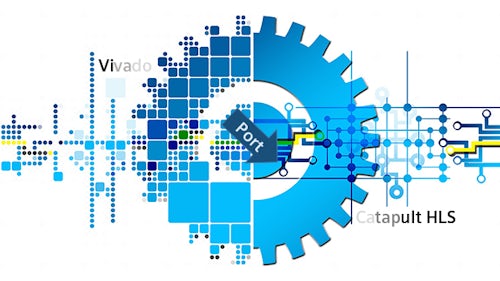Industrial machine component and equipment manufacturers need to constantly innovate to meet new demands.
Whether it's staying ahead of the demands of Industry 4.0 or complying with new efficiency and sustainability regulations, these companies are under pressure to deliver high-quality products quickly and efficiently.
Find out how new product introduction software can digitalize processes to improve collaboration and accelerate time to market.
Get this infographic to learn what trends are shaping the industry and find out how forward-thinking companies are changing their new product introduction processes.
Deliver new products on time with NPI manufacturing tools
New product introduction software is already helping machine component and equipment manufacturers move more quickly through the NPI process.
These tools can:
- Connect upstream and downstream disciplines
- Use a digital twin to deliver a 3D component model
- Integrate engineering tools and dynamically update assets
- Work with a single model-based system to capture products and processes
Get this infographic and begin to learn more.



